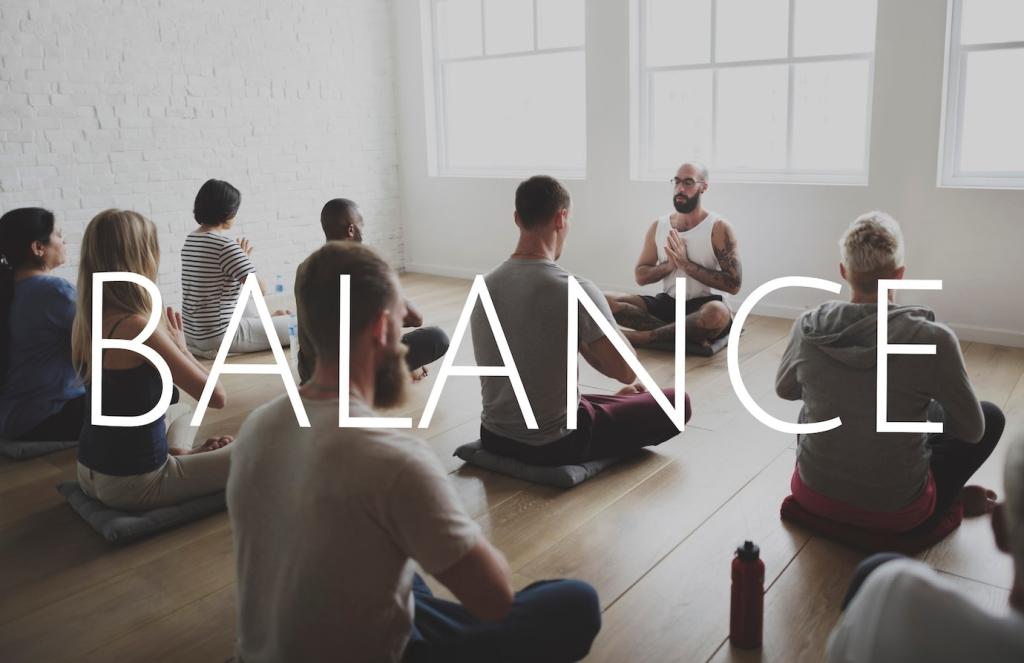Why Mindfulness Meditation for Stress Reduction Works
Stress pushes us into automatic reactions: tight shoulders, shallow breathing, spiraling thoughts. Mindfulness slows the moment, creating a pause between stimulus and response. In that pause, you can choose a kinder action. Try it now, then tell us what shifted when you paused for three breaths.
Why Mindfulness Meditation for Stress Reduction Works
The nervous system registers pressure first, then the mind spins stories. Slow, steady breathing signals safety, easing heart rate and muscle tension. Each mindful inhale says, “You are not in danger right now.” Practice three minutes daily and share your afterthoughts to inspire someone starting today.



